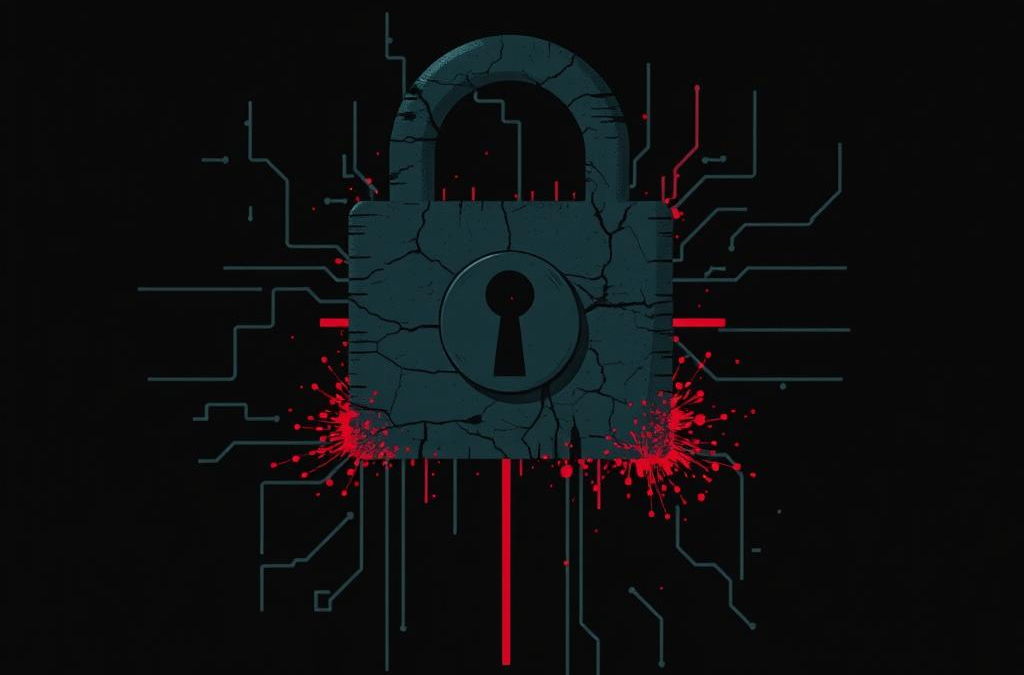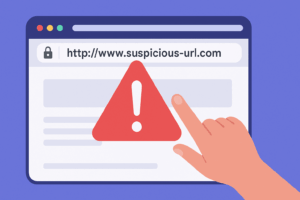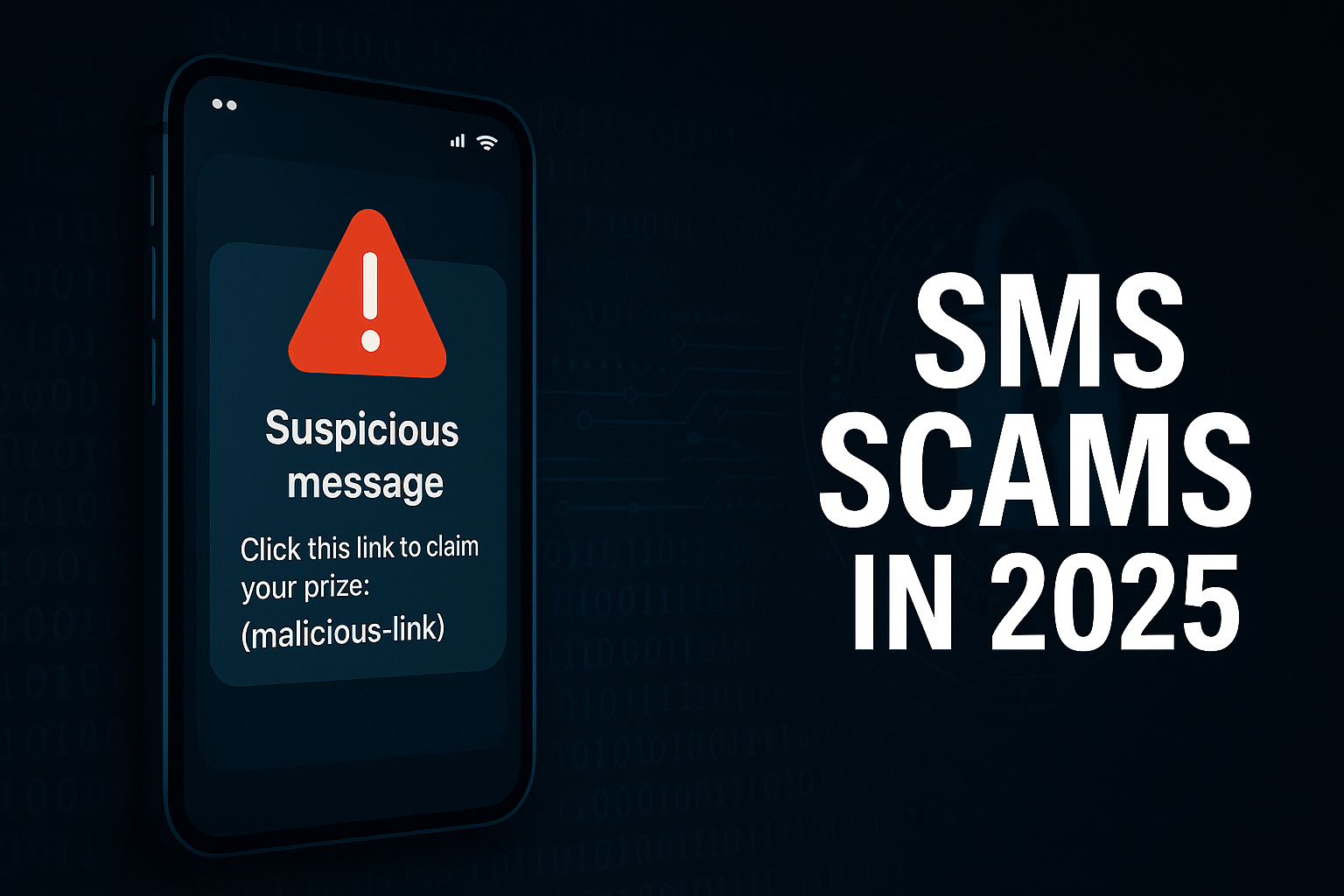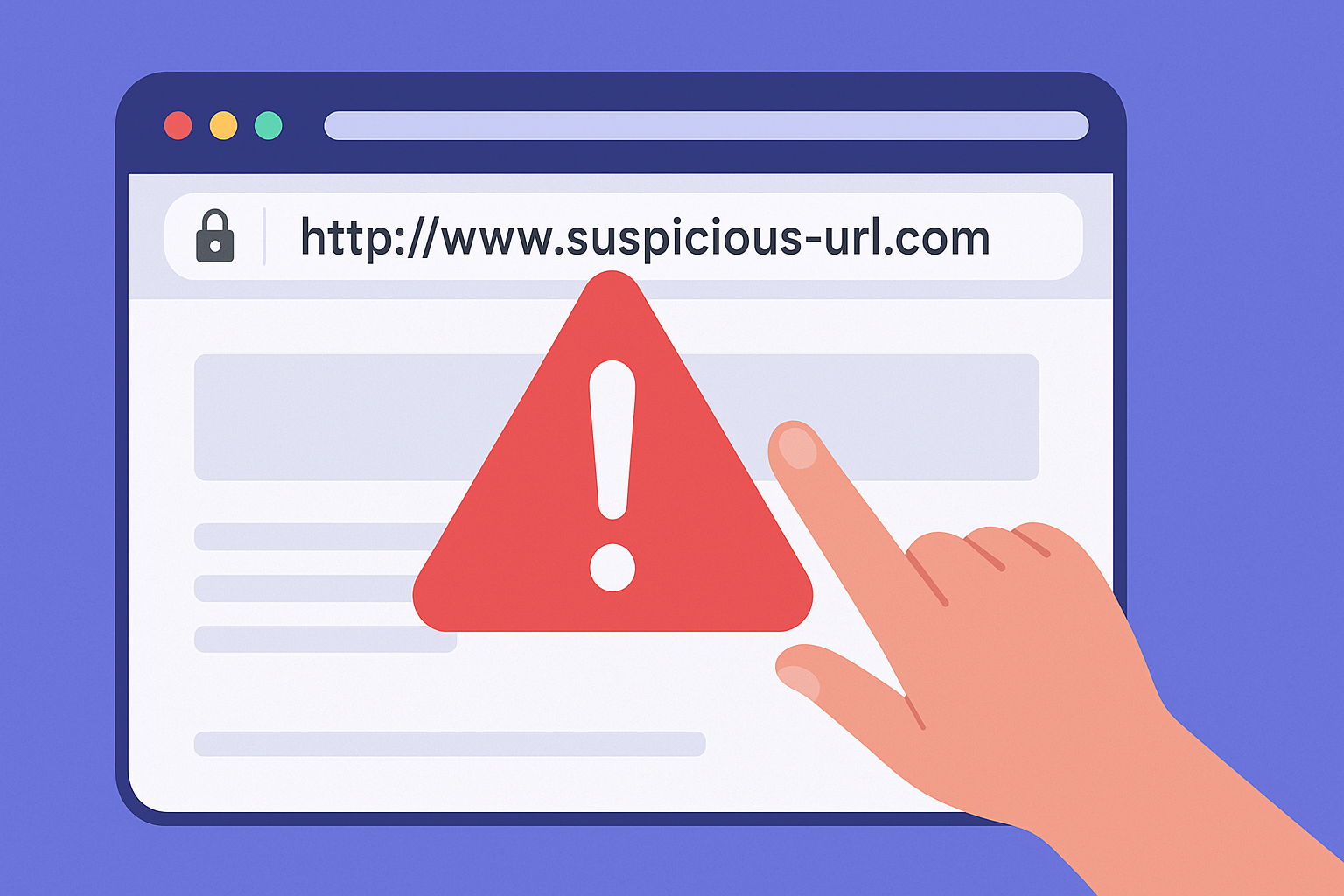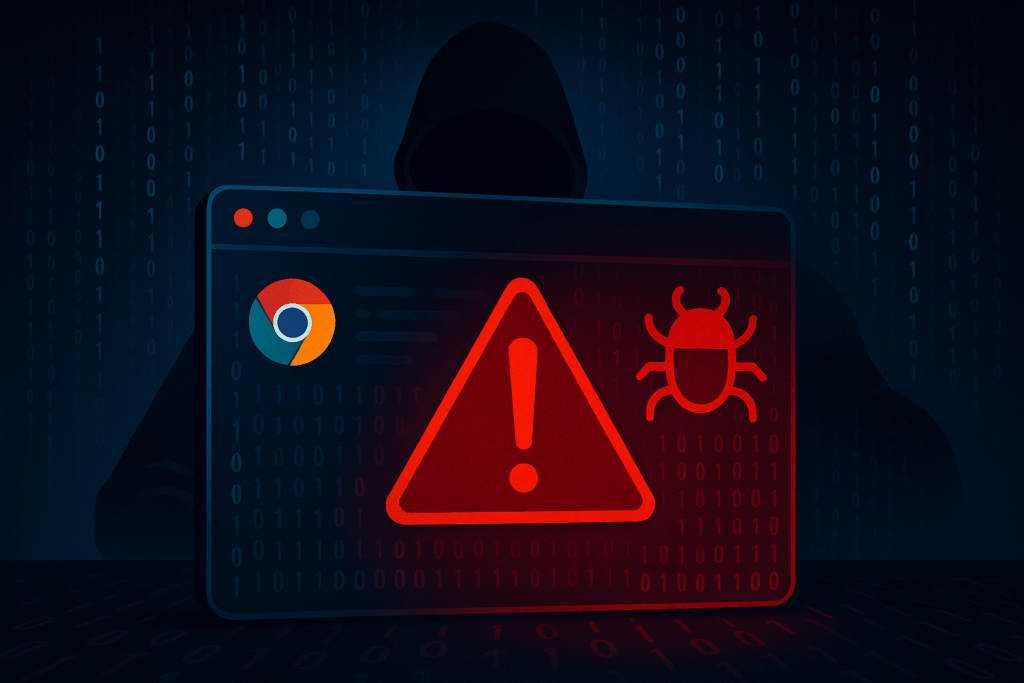In 2025, password leaks are an unfortunate reality of digital life. With massive data breaches happening almost weekly, millions of email addresses and passwords are routinely dumped on the dark web or sold to cybercriminals. You might think, “Why would anyone care about my login?” — but even your old Netflix password could be a key to unlocking far more valuable accounts.
Once a hacker has one of your reused passwords, they can try it on everything from your email to your PayPal. It’s called credential stuffing — and it works.
Understanding whether your data has been compromised — and acting quickly — can stop criminals in their tracks.
Step 1: Check If Your Data Has Been Breached
One of the smartest moves any internet user can make today is to regularly check if password is leaked using trusted cybersecurity tools. With data breaches becoming increasingly common, your login credentials could be exposed without your knowledge. Tools like Have I Been Pwned or NordPass password manager allow you to instantly verify whether your email or password appears in known breach databases. Taking a few moments to check can help you identify vulnerabilities early, reset compromised credentials, and prevent unauthorized access to sensitive accounts. Don’t wait for suspicious activity—proactively check if password is leaked and take control of your online security.
- NordPass password manager – includes a powerful Data Breach Scanner that continuously monitors whether your email, passwords, or credit card details have appeared in known breaches.
- HaveIBeenPwned.com – Just enter your email to see a list of breaches it was found in, along with what data was exposed (e.g., passwords, phone numbers).
- Google Password Checkup – If you use Chrome and sync your passwords, this built-in tool will flag any that were found in leaks.
- Firefox Monitor – Similar to HIBP, and easy to set up alerts for new breaches.
Pro Tip: If your password appears in one of these databases, assume it’s been exposed to criminals — even if no one’s accessed your account yet.
Step 2: Change Your Passwords Immediately
Start with your most critical accounts — the ones that protect other services or have sensitive data:
- Your email account, especially Gmail or Outlook — because they’re used to reset passwords elsewhere
- Any banking, finance, or payment app
- Social media accounts that could be hijacked for scams
Tips for creating a strong password:
- Use at least 12 characters
- Include a mix of uppercase and lowercase letters, numbers, and special symbols
- Avoid predictable elements like names, birthdays, or common phrases (e.g., “Password123”)
Step 3: Use a Password Manager
You shouldn’t have to remember every password. That’s what password managers are for. These tools:
- Generate strong, unique passwords for every site
- Securely store them behind a single master password
- Autofill them into apps and websites for you
Top choices in 2025:
- NordPass – good integration with NordVPN and user-friendly, widely trusted
- 1Password – sleek design, supports family plans
- Bitwarden – open-source, free for individuals
Some managers will even alert you when a password has appeared in a breach.
Please also read our article comparing password managers.
Step 4: Turn On Two-Factor Authentication (2FA)
Even the best password can be stolen. 2FA adds a second layer — like a temporary code or app approval — that only you can access.
Where to enable it:
- Email accounts (Gmail, Outlook)
- Social media (Instagram, Facebook, TikTok, X)
- Finance and crypto apps
Use app-based authenticators like Google Authenticator, Authy, or Duo. Avoid using SMS when possible — it’s less secure and vulnerable to SIM swap attacks.
Step 5: Clean Up Old or Unused Accounts
The more accounts you have, the more ways hackers can get in.
- Search your email for phrases like “welcome to” or “your account”
- List any platforms you no longer use
- Visit their websites and delete or deactivate your accounts
Use tools like JustDelete.me to find direct links for closing accounts quickly.
Final Tips
- Never reuse passwords across multiple accounts
- Disable browser-based password saving — it’s less secure than a dedicated manager
- Watch for phishing — attackers often send fake password reset links to trick you
“Think of your password like the key to your home. If you lost it, you’d change the lock — not wait to see if someone breaks in.”
Strong passwords and quick action can protect your personal data, identity, and peace of mind.
